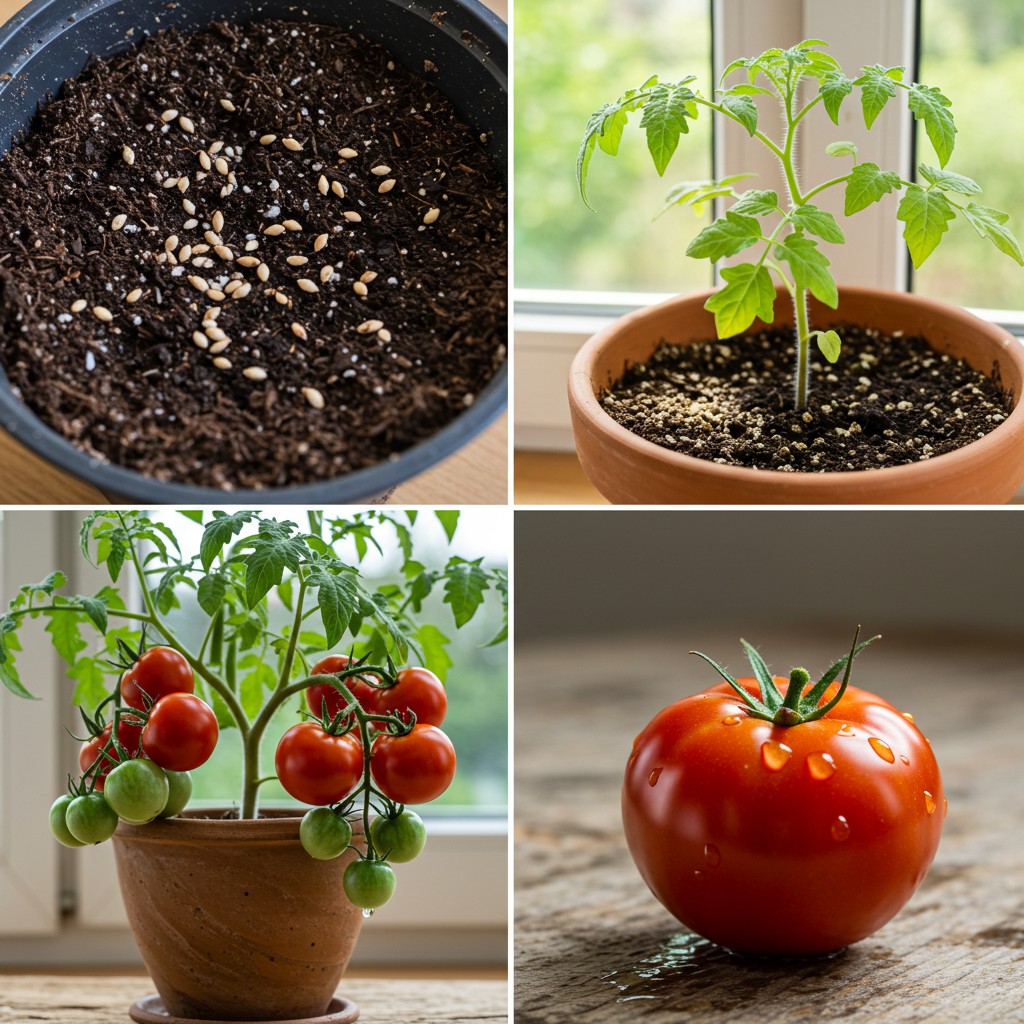Tomatoes are one of the most popular crops for home gardeners, and for good reason—they’re versatile, delicious, and relatively easy to grow. Even if you don’t have a backyard or large garden plot, you can still enjoy a bountiful tomato harvest by growing them in small pots. With proper planning, care, and a few clever techniques, tomatoes can thrive in tight spaces such as balconies, patios, and even sunny windowsills.
Why Tomatoes Work Well in Containers
Tomatoes adapt well to container gardening because their root systems can develop efficiently in confined spaces when provided with rich soil and consistent care. Additionally, growing tomatoes in pots gives you more control over soil quality, sunlight exposure, and watering, which reduces the risk of soil-borne diseases and pests.
Choosing the Right Pot
Tomatoes require room to grow, so it’s important to choose a pot that accommodates their root development and stabilizes their height. Ideally, a pot should be:
-
-
At least 12–18 inches deep
-
14–20 inches in diameter
-
Equipped with drainage holes
-
Larger is always better when it comes to tomatoes. The more room the roots have, the more productive the plant will be. Plastic containers are lightweight and hold moisture well, while clay pots provide good aeration but may need more frequent watering.
Best Tomato Varieties for Small Spaces
Not all tomato varieties are suited for small pots. For tight spaces, focus on compact or determinate types that don’t require excessive staking or pruning. Here are some great choices:
-
-
‘Patio Princess’ – A dwarf cherry tomato that thrives in pots.
-
‘Tiny Tim’ – Perfect for windowsills and very compact.
-
-
‘Bush Early Girl’ – Fast-growing and great for small containers.
-
‘Balcony’ or ‘Container Choice’ – Specifically bred for patio gardens.
These varieties grow to a manageable size but still produce excellent yields of flavorful fruit.
The Perfect Potting Mix
Tomatoes need loose, nutrient-rich, and well-draining soil. Never use garden soil directly, as it can compact and harbor pests. Instead, make or buy a high-quality potting mix containing:
-
-
Compost or worm castings for nutrition
-
Coconut coir or peat moss for moisture retention
[rotated_ad]
-

